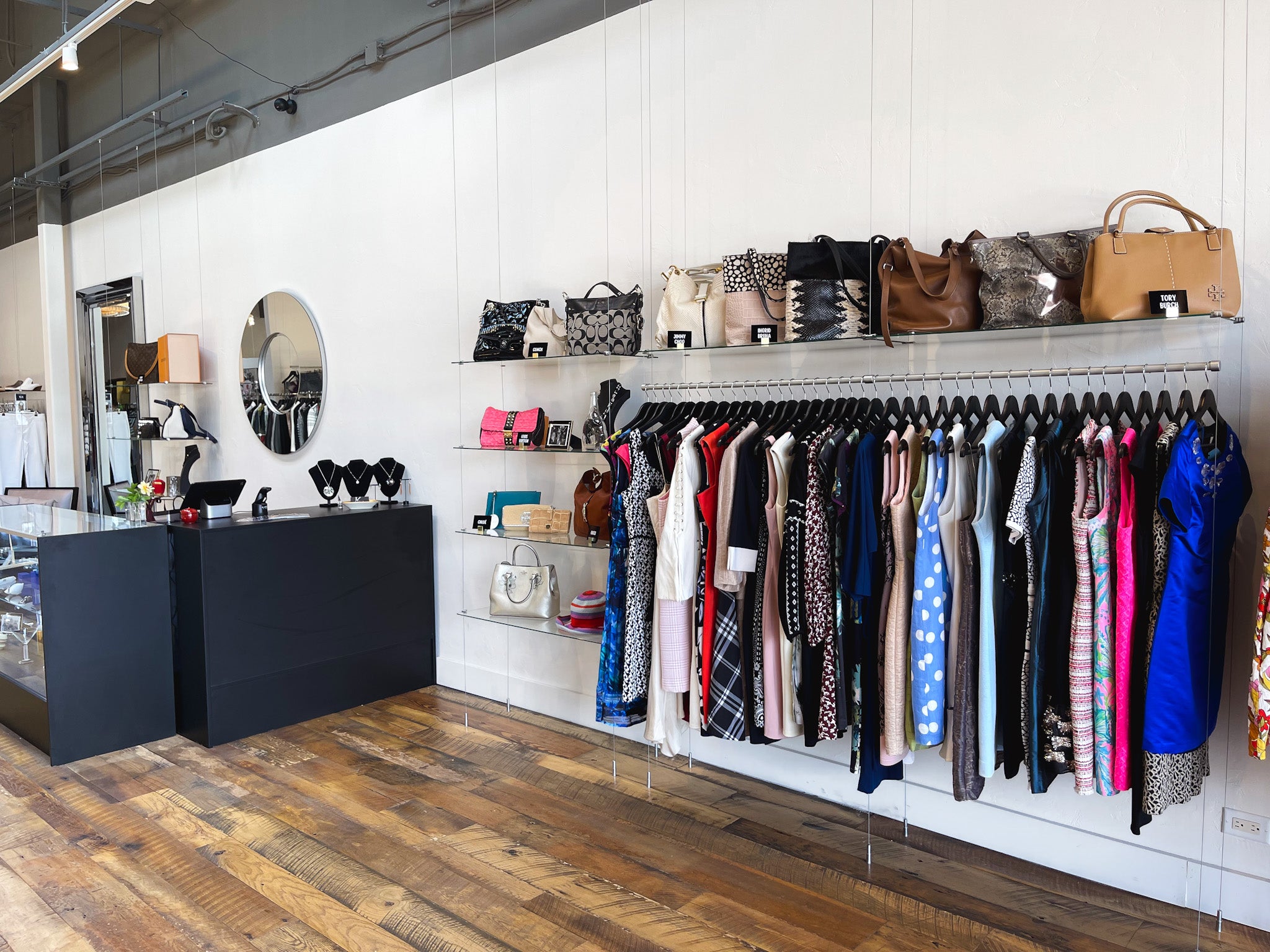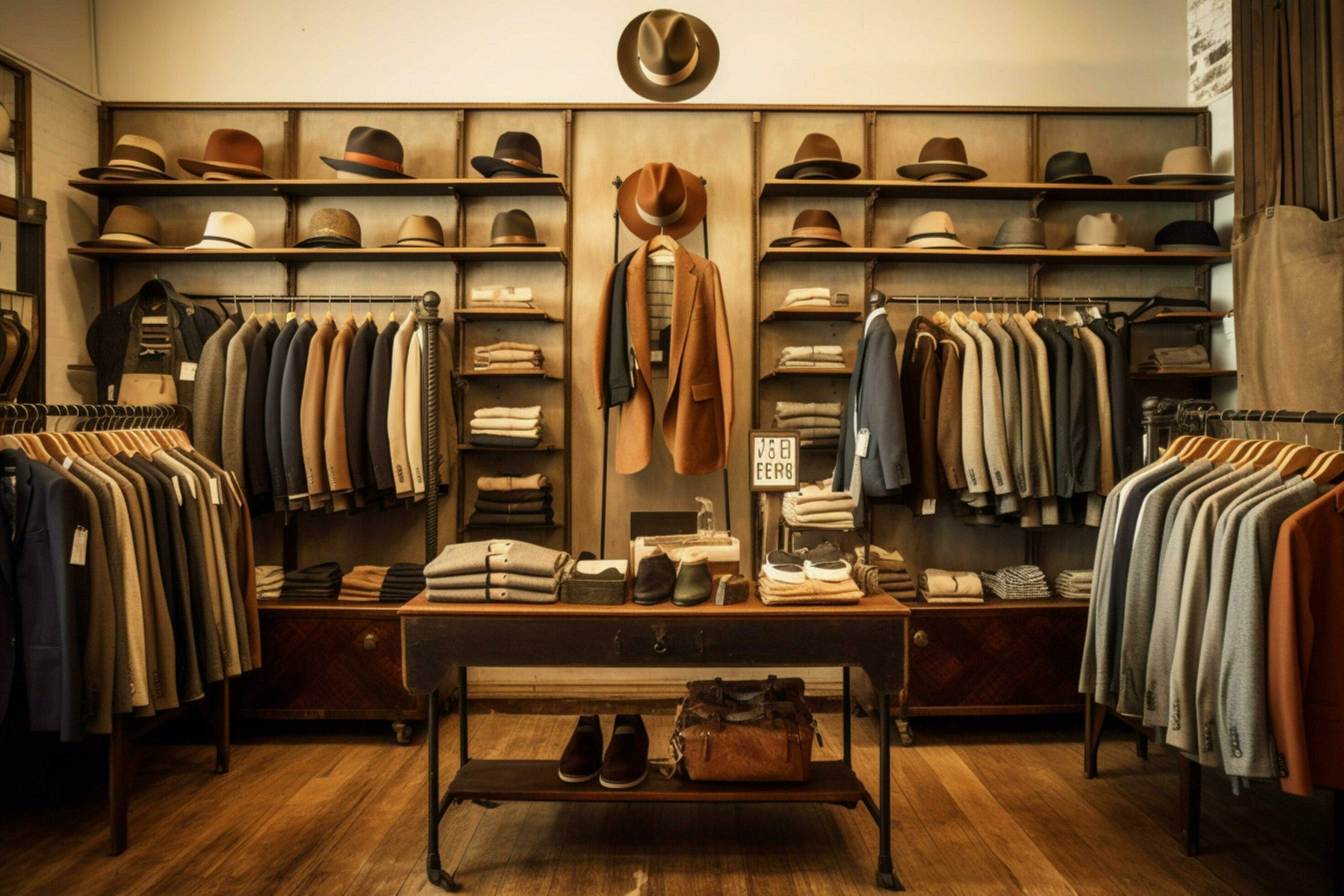Why Boutique Fashion is the Ultimate Option for Special Design
Checking Out the Evolution and Impact of Apparel on Modern Fashion Trends
The evolution of apparel has significantly affected modern fashion fads, merging historic precedents with sophisticated technologies. Renowned numbers like Coco Chanel and Yves Saint Laurent reinvented the garment industry by presenting principles that focus on convenience and access, which proceed to reverberate today. Technological strides in areas such as 3D printing and smart textiles are redefining design possibilities and customer experiences (boutique fashion). Additionally, the expanding emphasis on inclusivity and sustainability is improving industry criteria. As we consider these multifaceted influences, one must question how these components jointly redefine style's duty in reflecting and forming modern society.
Historical Fashion Influencers
In the tapestry of style background, certain numbers have actually left an enduring mark, forming the fads and designs that specify whole eras. Coco Chanel, an innovative developer, redefined ladies's fashion by presenting comfortable, stylish clothes that departed from limiting bodices. Her iconic Chanel suit and little black outfit have actually become timeless staples in closets worldwide. In A Similar Way, Christian Dior's post-war "Face-lift" in 1947, with its event of womanhood via full skirts and cinched waists, noted a return to opulence and has actually remained to influence developers.
Elsa Schiaparelli is another essential number, renowned for her progressive layouts that incorporated surrealist art, working together with Salvador Dalí to produce wayward pieces that challenged conventional aesthetics. Her cutting-edge use color and bold patterns resounds in modern fashion. Yves Saint Laurent, meanwhile, equalized high fashion with prêt-à-porter collections, bringing runway designs to the masses and establishing a precedent for modern ready-to-wear lines.
These enthusiasts, among others, not just changed style in their times but additionally established enduring patterns that reverberate in today's fashion business, providing a structure upon which modern-day designers proceed to develop and innovate. Their heritages underscore the relevance of creativity and daring in fashion's ever-evolving story.
Technological Advancements in Style
In the middle of the dynamic landscape of the apparel industry, technical developments stand at the leading edge of technology, improving how designers create and customers involve with style. The integration of 3D printing has changed style procedures, enabling developers to experiment with complicated structures and lasting materials that were previously unthinkable. This innovation promotes quick prototyping, lowering waste and accelerating production times.

Smart fabrics, embedding technology right into materials, are also changing the market. Advancements like temperature-regulating and self-cleaning fabrics supply improved functionality and convenience. Wearable innovation, integrating features like health and fitness monitoring and communication, includes a new measurement to fashion, combining looks with practicality.
Social Changes and Design
As technical advancements remain to reshape the style market, social changes are equally influential, redefining style and consumer preferences. In recent times, the increase of social media sites systems has actually accelerated the dissemination of worldwide fashion trends, enabling diverse cultural influences to exist side-by-side and merge. This electronic interconnectivity has assisted in the quick exchange of ideas, resulting see it here in a much more comprehensive and diverse analysis of design that mirrors the complex nature of modern-day culture.
Social understanding and recognition have triggered designers to attract ideas from a more comprehensive range of historical and ethnic contexts, incorporating conventional themes with contemporary looks. This fusion has resulted in style that resonates with a larger audience, promoting a feeling of identification and belonging across different demographics. Furthermore, the raising demand for customization has actually driven brands to supply customizable alternatives, enabling customers to express originality while reflecting their cultural heritage.
In addition, shifting social worths have actually impacted fashion, with inclusivity and diversity becoming central motifs. The market has actually begun to welcome designs and influencers of different type of body, ethnicities, and gender identities, difficult conventional elegance standards. This transformation highlights the power of social shifts fit the future of style, as style comes to be a more genuine expression of personal and collective identification.
Sustainability and Modern Layout
While the fashion sector continues to progress, the have a peek at this site vital for sustainability has come to be significantly immediate, influencing modern style methods. The surge of slow style, which stresses quality over amount, urges customers to spend in classic items instead than short-term fads.
Additionally, contemporary style is characterized by its advancement in lessening waste and promoting circularity. Methods such as zero-waste pattern cutting and 3D knitting are obtaining traction, allowing developers to develop garments with marginal fabric wastage. In addition, brand names are taking on clear supply chains, ensuring accountability and promoting consumer depend on. This technique not only mitigates environmental impact but likewise boosts the social responsibility of fashion residences.

Future Trends in vogue

Sustainability will remain to be a driving pressure in forming future fashion trends. The industry is increasingly taking on environment-friendly materials and moral production methods, reacting to a growing customer demand for liable methods. Advancements such as bio-fabricated materials and closed-loop recycling systems are readied to redefine exactly how clothing is produced and consumed, reducing ecological effect while maintaining design and high quality.
Social shifts, including the surge of inclusivity and variety, will certainly likewise play a critical role. As society comes to be extra mindful of social issues, style is anticipated to become a platform for expression and change. Developers will likely concentrate on creating collections that reflect a broader variety of identifications and experiences, championing representation and access.
Conclusion
The development of apparel considerably affects modern-day style trends, where historical influences combine with modern layouts. Trick numbers like Coco Chanel and Yves Saint Laurent have actually redefined design, while technical innovations such as 3D printing and smart textiles broaden innovative opportunities. Social changes in the direction of inclusivity and sustainability urge brand names to embrace and adopt ethical practices diversity. This ongoing evolution highlights fashion's function as a mirror to social worths and technological improvement, recommending a future rich with technology and inclusivity.
The advancement of garments has considerably affected contemporary fashion trends, combining historical criteria with sophisticated advancements.In the middle of the dynamic landscape of the style market, technological innovations stand at the leading edge of development, improving exactly how designers develop and consumers involve with style.While the fashion market continues to advance, the crucial for sustainability has come to be significantly immediate, influencing modern-day design techniques. As sustainability becomes ingrained in modern layout, it paves the method for a more aware and accountable style market.
The evolution of garments significantly influences modern fashion fads, where historical impacts combine with contemporary layouts.